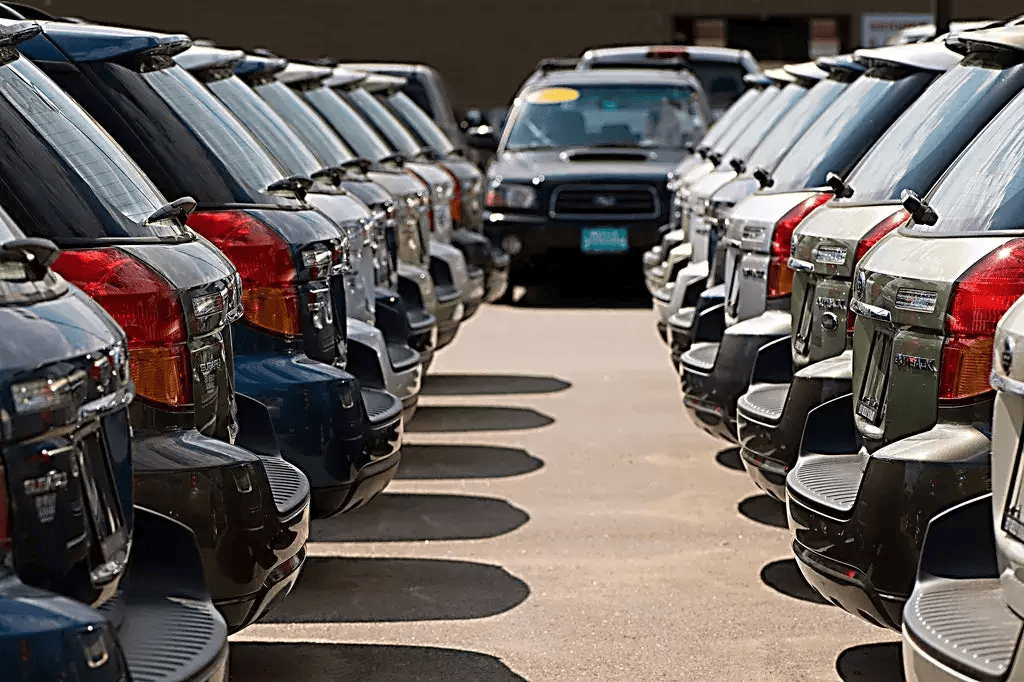Why Are India’s Car Sales Dropping?
India’s automotive sector, once considered a beacon of growth and a crucial contributor to the country’s economic progress, is experiencing a notable decline in car sales. After years of robust expansion, recent data indicates a downward trend in the number of vehicles sold, raising concerns among industry stakeholders and policymakers. To understand this shift, we need to delve into several contributing factors.
1. Economic Uncertainty
One of the primary reasons for the decline in car sales is the prevailing economic uncertainty. The Indian economy has been grappling with slow growth, inflationary pressures, and fluctuating interest rates. These economic challenges have led to reduced consumer confidence and spending power. When faced with financial instability, consumers often prioritize essential expenses over discretionary purchases such as new cars.
2. Rising Interest Rates
The Reserve Bank of India (RBI) has been increasing interest rates to combat inflation. Higher interest rates translate to more expensive car loans, which can dissuade potential buyers. With the cost of financing a vehicle going up, many consumers are opting to delay their car purchases or reconsider their need for a new vehicle altogether.
3. Shift Towards Sustainable Mobility
There is a growing awareness and preference for sustainable mobility solutions. The Indian government’s push for electric vehicles (EVs) and the increasing popularity of hybrid vehicles are shifting consumer focus. Traditional internal combustion engine (ICE) vehicles are facing scrutiny due to their environmental impact. This shift is causing a temporary slowdown in conventional car sales as consumers wait for more attractive EV options or better infrastructure to support sustainable mobility.
4. Higher Vehicle Costs
The cost of vehicles has been rising due to several factors, including increased raw material prices and stricter safety and emission regulations. For many consumers, these higher costs are a deterrent. Additionally, premium features and advanced technology, while improving vehicle quality, also contribute to higher prices, making cars less affordable for the average buyer.
5. Impact of COVID-19
The COVID-19 pandemic had a profound impact on various sectors, including automotive sales. Although the industry has been recovering, the pandemic led to prolonged disruptions in supply chains, production delays, and changes in consumer behavior. Many potential buyers are still cautious and may have shifted their focus to saving rather than spending on high-value items like cars.
6. Urbanization and Public Transport
Rapid urbanization and improvements in public transport infrastructure have also played a role in the decline. In metropolitan areas, the convenience and cost-effectiveness of public transport options make car ownership less necessary. With better and more reliable public transport systems in place, especially in cities, fewer people see the need to own a personal vehicle.
7. Changing Consumer Preferences
Consumer preferences are evolving, and there is a noticeable shift towards more flexible mobility solutions. Car-sharing services, ride-hailing apps, and subscription-based models are gaining traction. These alternatives offer convenience and lower financial commitment compared to traditional car ownership, influencing the decline in new car sales.


